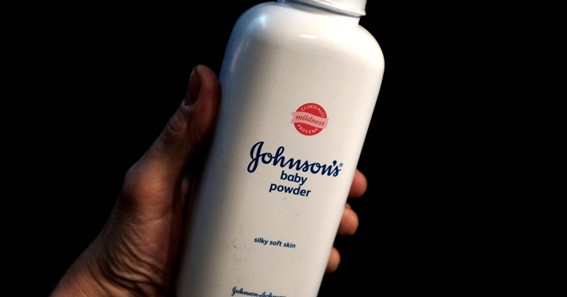Filing a talcum powder lawsuit is an important step for individuals who believe they have suffered harm due to the use of talc-based products. With mounting evidence and legal precedents, these lawsuits offer a means for seeking justice and holding talcum powder manufacturers accountable for any alleged negligence or wrongdoing. In this article, we will explore the process of filing a talcum powder lawsuit, including key considerations, legal requirements, and the potential outcomes individuals may expect.
Understanding the Allegations
Talcum powder lawsuits primarily focus on two key allegations: the presence of asbestos contamination in talc-based products and the increased risk of cancer associated with prolonged use. Asbestos, a known carcinogen, can naturally occur alongside talc deposits and may contaminate the talc during the mining process. When talcum powder is used, asbestos fibers can potentially be inhaled or enter the body, leading to serious health conditions, such as ovarian cancer or mesothelioma.
Who Can File a Talcum Powder Lawsuit?
Anyone who has been harmed by the use of talcum powder products may be eligible to file a talcum powder lawsuit. This includes individuals who have been diagnosed with ovarian cancer or other illnesses that have been linked to talc-based products.
In some cases, family members of individuals who have died due to talcum powder-related illnesses may also be eligible to file a claim. It is important to note that each state has its own laws regarding talcum powder lawsuits, so it is important to research the laws in your state before filing a claim.
Steps to Filing a Talcum Powder Lawsuit
- Consultation with an Attorney: The first step in filing a talcum powder lawsuit is to seek legal representation from an experienced attorney specializing in personal injury or product liability cases. They can evaluate your individual circumstances, assess the strength of your case, and guide you through the legal process.
- Case Evaluation: During the initial consultation, your attorney will gather relevant information about your medical history, talcum powder use, and any associated health issues. They will review medical records, conduct research, and evaluate the potential link between your condition and talcum powder use.
- Establishing Causation: To build a strong case, your attorney will work with medical experts who can establish a causal link between your use of talcum powder and your health condition. This may involve reviewing scientific studies, analyzing medical records, and consulting with specialists to demonstrate that talcum powder exposure was a substantial factor in your illness.
- Identifying Responsible Parties: Your attorney will help identify the appropriate defendants in your case, typically the manufacturers or distributors of the talcum powder products you used. They will investigate the history and practices of these companies, including any knowledge they had regarding the potential risks associated with their products.
- Gathering Evidence: To support your claim, your attorney will gather evidence, such as medical records, product labels, purchase receipts, and any documentation highlighting the connection between talcum powder use and your health condition. Expert testimony, including medical professionals and industry experts, may also be utilized to strengthen your case.
- Filing the Lawsuit: Once all the necessary evidence has been collected, your attorney will prepare the legal documents required to file a lawsuit. These documents will outline your claims, allegations, and the relief sought. The lawsuit is typically filed in the appropriate jurisdiction, such as state or federal court, based on the circumstances of your case.
- Litigation and Settlement: Following the filing of the lawsuit, the legal process may involve pre-trial proceedings, including discovery, where both parties exchange information and gather further evidence. Settlement negotiations may also take place, where the parties attempt to reach a mutually acceptable resolution. If a settlement cannot be reached, the case may proceed to trial, where a judge or jury will determine the outcome.
Click Here – Creating a Video Game: A Guide to Designing Your Own
Potential Outcomes
In talcum powder lawsuits, potential outcomes can vary based on individual circumstances, jurisdiction, and the strength of the evidence presented. Some possible outcomes include:
- Settlement: Many talcum powder lawsuits are resolved through settlements, where the parties agree to a financial compensation amount without going to trial. Settlements can provide timely resolution and avoid the uncertainties and costs associated with litigation.
- Verdict: If the case proceeds to trial, a verdict may be reached by a judge or jury. A favorable verdict may result in the defendant being held liable and ordered to pay damages, including medical expenses, lost wages, pain and suffering, and punitive damages in cases of gross negligence or misconduct.
- Dismissal: In some instances, a talcum powder lawsuit may be dismissed if the court determines that the evidence presented is insufficient to establish a causal link between talcum powder use and the alleged health condition. However, the dismissal does not preclude other potential legal avenues or the possibility of joining a class-action lawsuit.
Conclusion
Filing a talcum powder lawsuit can be a complex and arduous process, requiring thorough evaluation, expert analysis, and legal expertise. If you believe you have suffered harm due to talcum powder use, it is essential to consult with an experienced attorney who can guide you through the legal proceedings, assess the merits of your case, and help you seek the justice and compensation you deserve.

